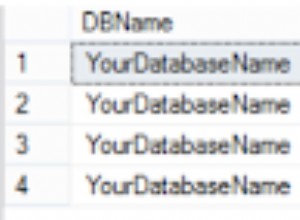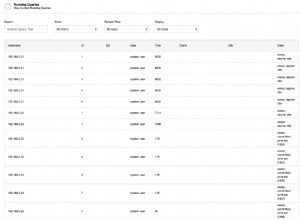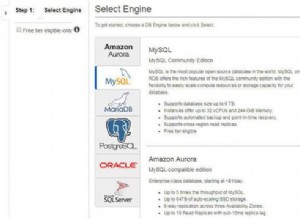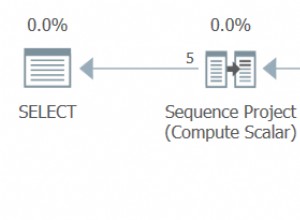Per verificare se un determinato modello è correlato a un altro, che è quello che vuoi se ho capito bene, tutto ciò di cui hai bisogno è questo piccolo metodo che sfrutta al meglio Eloquent :
(Implementalo in BaseModel , Entity o un cannocchiale, quello che ti si addice)
// usage
$task->isRelatedTo('transactions.users', $id);
// or
$template->isRelatedTo('tasks.transactions.users', Auth::user());
// or any kind of relation:
// imagine this: User m-m Transaction 1-m Item m-1 Group
$group->isRelatedTo('items.transaction.users', $id);
La magia avviene qui:
/**
* Check if it is related to any given model through dot nested relations
*
* @param string $relations
* @param int|\Illuminate\Database\Eloquent\Model $id
* @return boolean
*/
public function isRelatedTo($relations, $id)
{
$relations = explode('.', $relations);
if ($id instanceof Model)
{
$related = $id;
$id = $related->getKey();
}
else
{
$related = $this->getNestedRelated($relations);
}
// recursive closure
$callback = function ($q) use (&$callback, &$relations, $related, $id)
{
if (count($relations))
{
$q->whereHas(array_shift($relations), $callback);
}
else
{
$q->where($related->getQualifiedKeyName(), $id);
}
};
return (bool) $this->whereHas(array_shift($relations), $callback)->find($this->getKey());
}
protected function getNestedRelated(array $relations)
{
$models = [];
foreach ($relations as $key => $relation)
{
$parent = ($key) ? $models[$key-1] : $this;
$models[] = $parent->{$relation}()->getRelated();
}
return end($models);
}
Ehi, ma cosa sta succedendo lì?
isRelatedTo() funziona così:
-
controlla se è passato
$idè un modello o solo un id e prepara$relatedmodello e il suo$idda utilizzare nella richiamata. Se non si passa un oggetto, Eloquent deve istanziare tutti i modelli correlati su$relations(relation1.relation2.relation3...) per ottenere quello che ci interessa - ecco cosa succede ingetNestedRelated(), piuttosto semplice. -
quindi dobbiamo fare qualcosa del genere:
// assuming relations 'relation1.relation2.relation3' $this->whereHas('relation1', function ($q) use ($id) { $q->whereHas('relation2', function ($q) use ($id) { $q->whereHas('relation3', function ($q) use ($id) { $q->where('id', $id); }); }); })->find($this->getKey()); // returns new instance of current model or null, thus cast to (bool) -
poiché non sappiamo quanto sia nidificata la relazione, dobbiamo usare la ricorrenza. Tuttavia passiamo una chiusura a
whereHas, quindi dobbiamo usare un piccolo trucco per potersi chiamare all'interno del suo corpo (infatti non lo chiamiamo, ma lo passiamo come$callbackalwhereHasmetodo, poiché quest'ultimo prevede una chiusura come 2° parametro) - questo potrebbe essere utile per chi non ha familiarità con Funzioni PHP ricorsive anonime :// save it to the variable and pass it by reference $callback = function () use (&$callback) { if (...) // call the $callback again else // finish; } -
passiamo anche alla chiusura
$relations(come un array ora) per riferimento per non spostare i suoi elementi e quando li abbiamo ottenuti tutti (il che significa che abbiamo nidificatowhereHas), finalmente mettiamo ilwhereclausola invece di un altrowhereHas, per cercare il nostro$relatedmodello. -
finalmente restituiamo
bool




